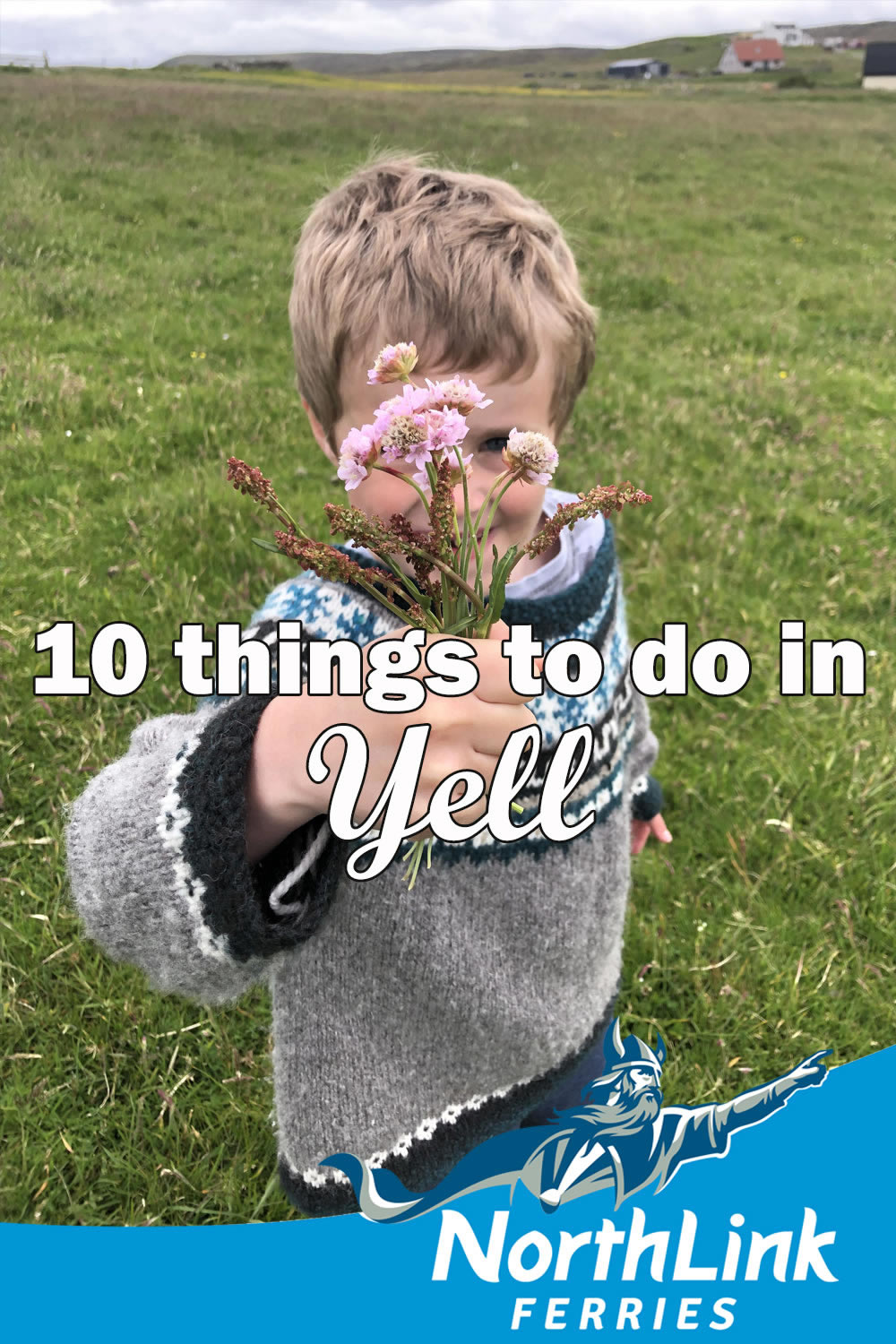10 things to do in Yell
For most people visiting Shetland, visiting the North Isles is high on the list of their priorities. However, most visitors make the mistake of driving through Yell to get to Unst, and we want to remedy that. We recently featured 10 things to do in Unst, but we think you should also take your time to get to know Yell.
The Herra sits in an often forgotten corner of West Yell, flanked by the long voe of Whalefirth. It’s a beautiful and unexpected community at the end of a long road, through open moorland. The Herra consists of the settlements of Grimister, Efstigarth, Raga and Bouster; these Old Norse names echoing from the past.
Yell is much more than just the road to Unst, and leaving the main road affords some stunning scenery and fantastic coastal walks. There are world-class wildlife opportunities and glistening beaches that would rival the best in any glossy tourist mag.
Yell is the largest of Shetland’s northern isles, and at 17 miles long and seven miles wide, there are plenty of places to discover and enjoy. Getting to Yell is easy; it’s just a short hop across Yell Sound on the modern inter-island ferry. The crossing takes about 15 minutes, and passengers can stand on the upper deck and enjoy views across the sound, passing the uninhabited islands of Bigga and Samphrey on the way.
Here are ten reasons why you should visit Yell.
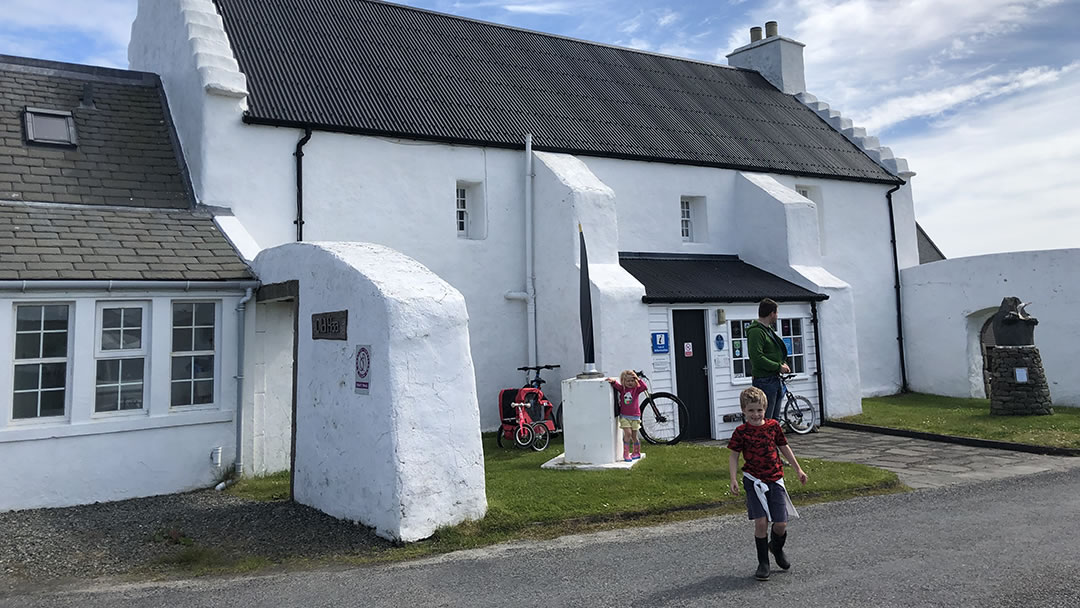
1. Visit the Old Haa Museum in Burravoe
The Old Haa Museum in Burravoe is an incredible community museum to visit. Not only does it house some fantastic local history collections, but it also boasts the best cakes in Yell!
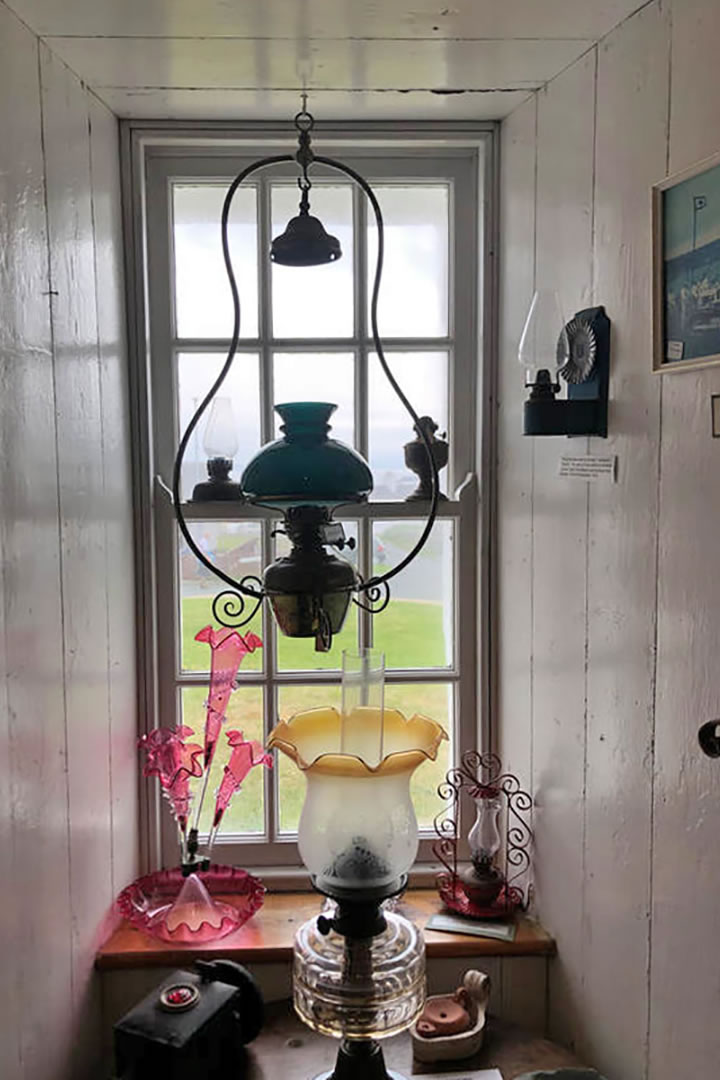
The museum, located in a traditional haa, or laird’s house, dates to 1672, has engaging displays, a substantial archive, an exhibition space, a small shop selling local crafts, and of course, the tearoom. Remember to explore the extensive gardens and look out for the sculptures that depict Yell’s diverse geology.
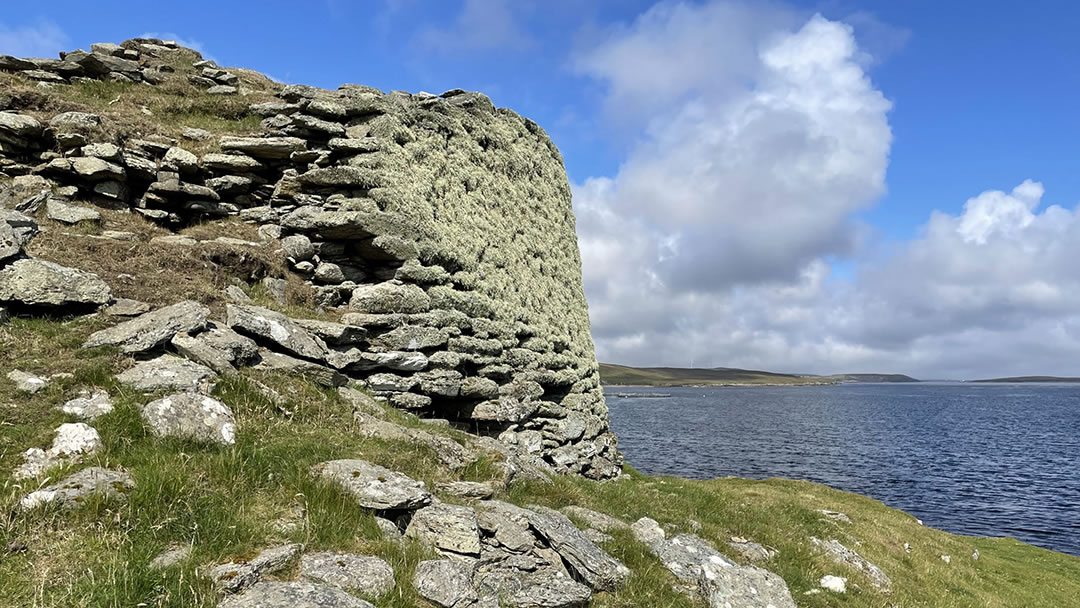
2. Explore the ruined remains of the Burraness
Shetland has over 120 known broch sites, most now standing in ruin, with only parts of the original structure still visible. The Burraness broch walk is three miles in total to the point of Burra Ness, where the 2,000-year-old Iron Age broch stands guard with commanding views out to sea. The walls on the seaward side still rise several metres in height, and ramparts are visible on the approaches to the broch.
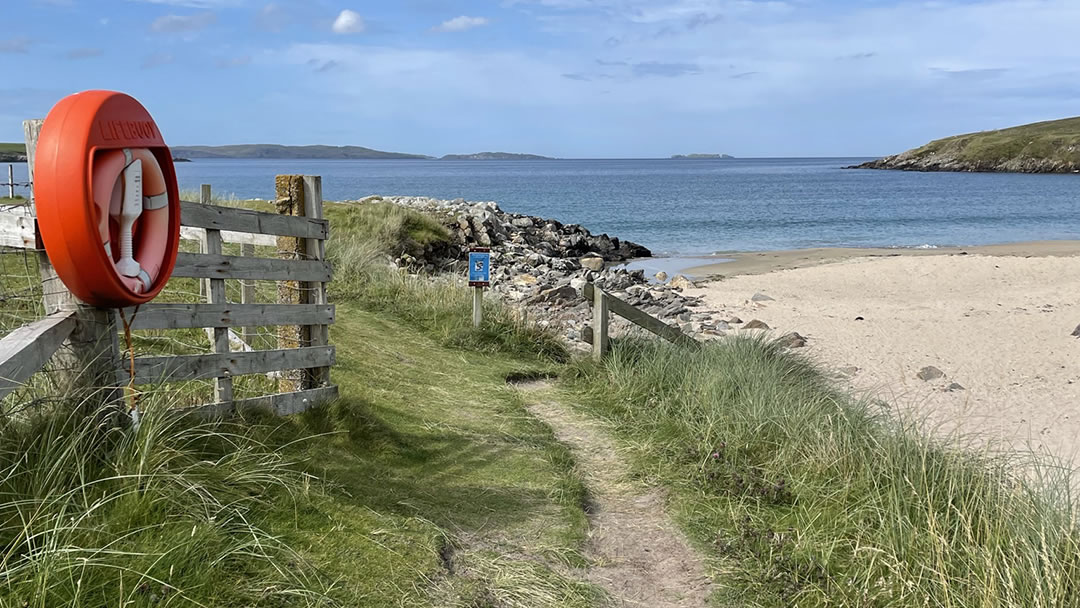
3. Get sandy toes on the West Sandwick Beach
West Sandwick is situated on the west coast of the island and is one of five beaches in Shetland included in the national Beach Awards, part of the Keep Scotland Beautiful charity. The awards “are the benchmark for quality, celebrating clean, well managed and sustainable beaches.”
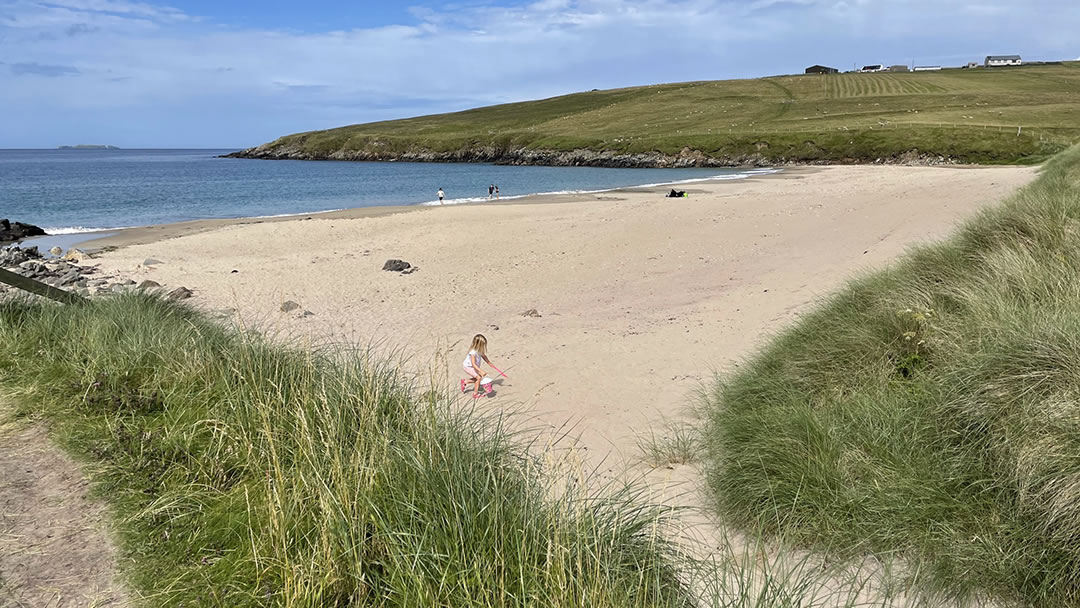
The pristine white sand sits beneath the dunes, just a short stroll from the car park, and enjoys uninterrupted views across Yell Sound to Northmavine.
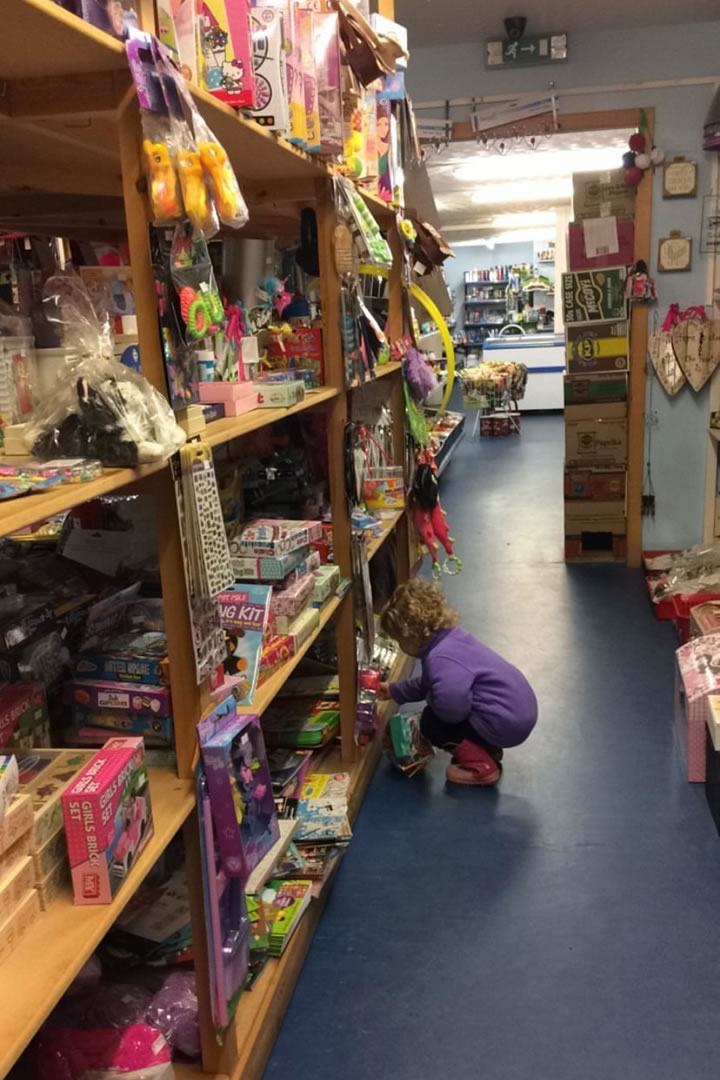
4. Enjoy some retail therapy at the Aywick Shop
Mary’s shop at Aywick is a local institution and one not to be missed. The shop itself is an Aladdin’s cave, with everything from electrician’s wire to hair dye and hosiery. You’ll need to set aside plenty of time to explore this wonderful shop that, once inside, opens up like a tardis, to the point where you wonder if you will ever find the exit again!
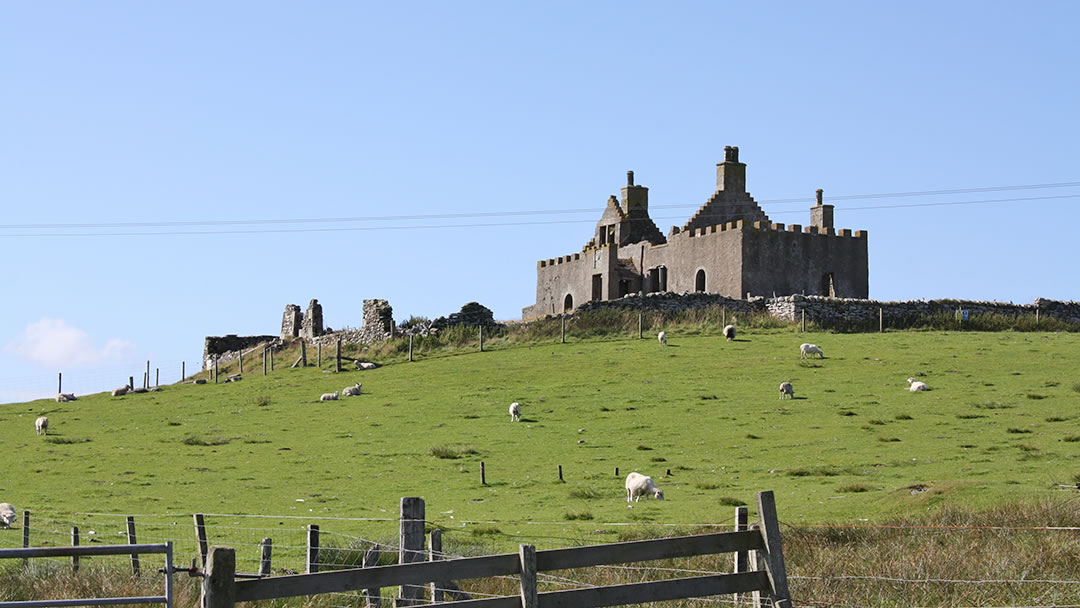
5. Look for ghosts at Windhouse
Not only is Windhouse Shetland’s most haunted house, but it has also been suggested that this is the most haunted house in the UK. The ruined house sits on the crest of the hill on the approach into Mid Yell, its foreboding silhouette dominating the skyline. Windhouse, commanding views in all directions, is the site of an ancient settlement. The house itself has its foundations in an Iron Age broch, and recent excavations have revealed a burial site within the gardens of the house. Steeped in mystery and legend, Windhouse attracts both historian and ghost-hunter, keen to unpick the magic of this iconic house.
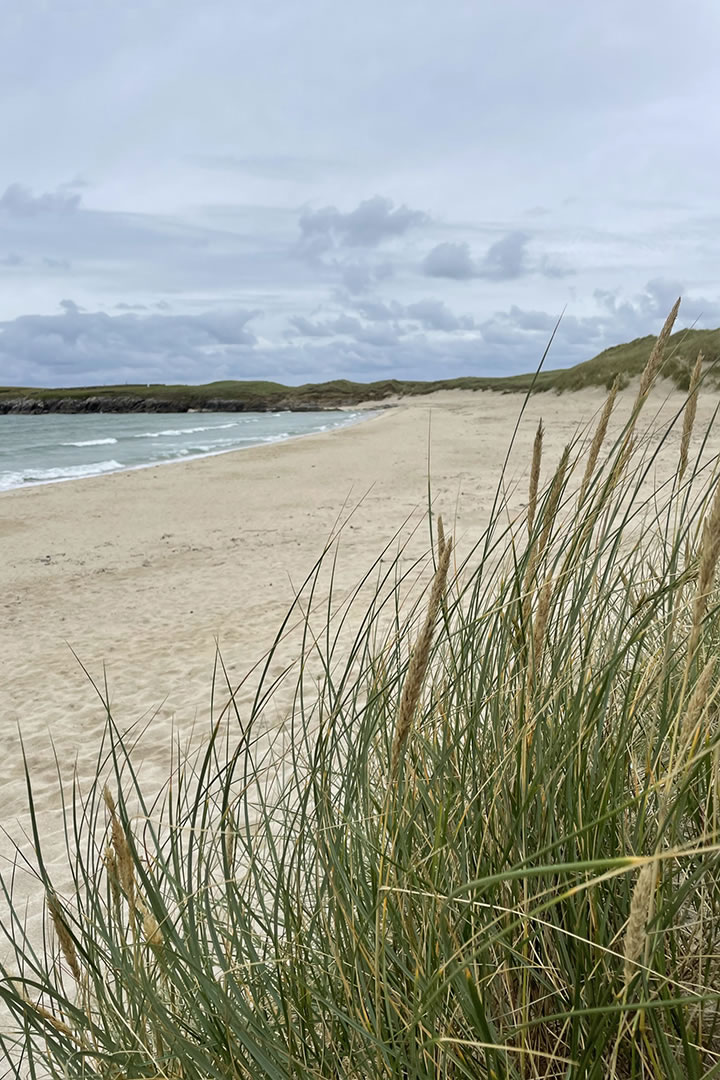
6. Soak up the sun, sea and sand at the Sands of Breckon
The Sands of Breckon is tucked away in the northernmost part of Yell. Not only does the beach boast an expanse of white sand and almost guaranteed solitude, but it also has an exciting and rich archaeological past that is still visible today. Hunt for beautiful shells as you walk because Breckon’s sands are teeming with intricate little pastel coloured shells, tossed onto the sand and discarded by the sea beyond.
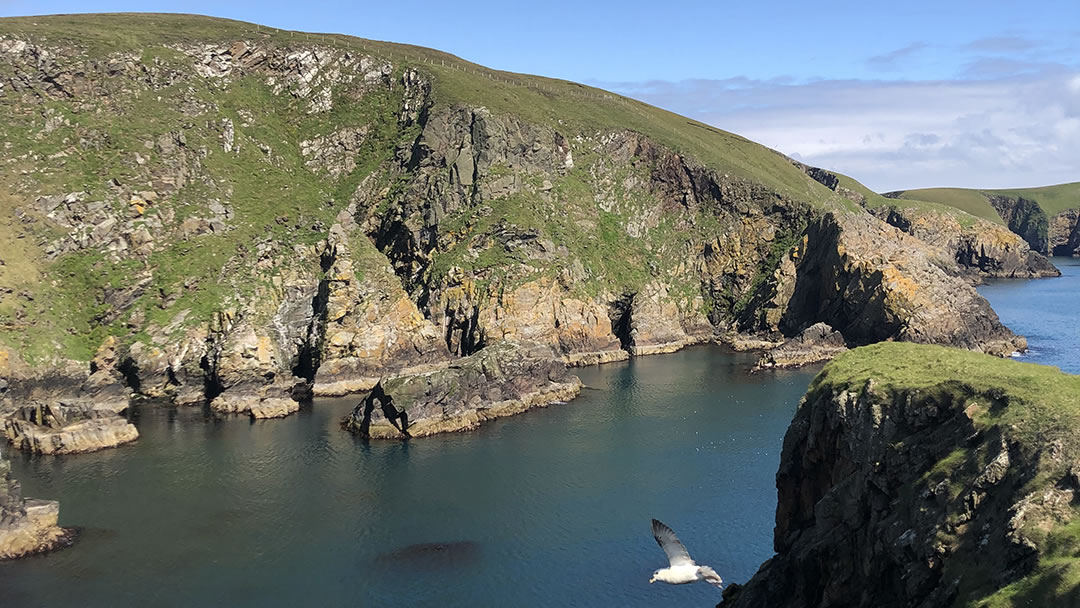
7. Walk to Neapaback and marvel at the seabirds
The walk to Neapaback begins at the Burravoe Campsite – so it is perfect if you are visiting with a caravan, motorhome or tent. The 10-minute walk north along the coastline affords some spectacular coastal views and the chance to see some of Shetland’s seabirds up close and personal.
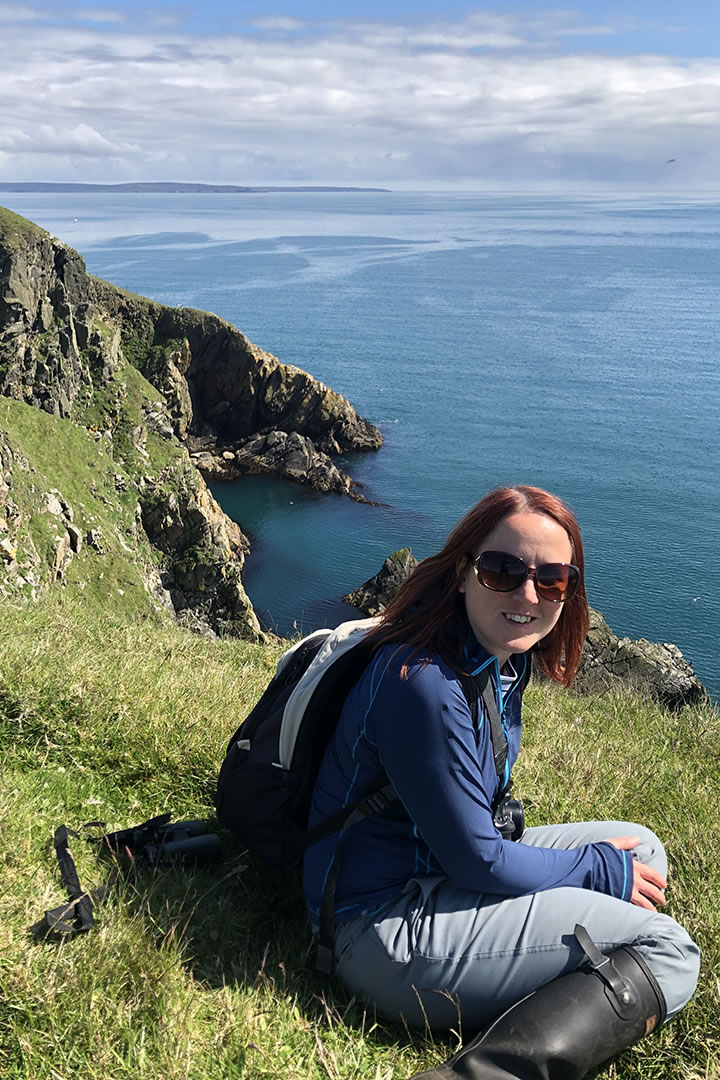
During the breeding season, you can expect to see guillemots, razorbills, kittiwakes, fulmars, shags and, everyone’s favourite – the puffin.
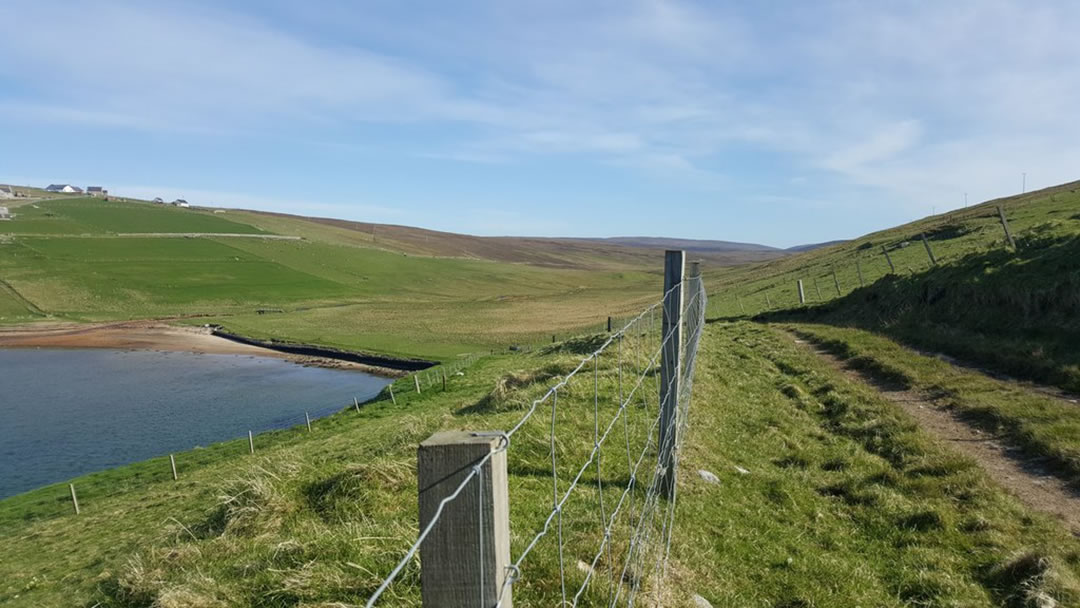
8. Explore the Herra
The Herra sits in an often forgotten corner of West Yell, flanked by the long voe of Whalefirth. It’s a beautiful and unexpected community at the end of a long road, through open moorland. The Herra unfolds from the valley like a butterfly emerging from the cocoon and consists of the settlements of Grimister, Efstigarth, Raga and Bouster; these Old Norse names echoing from the past. Explore the beach and surrounding coastline and, If you’re feeling fit, why not hike out to the imposing Stacks of Stuis?
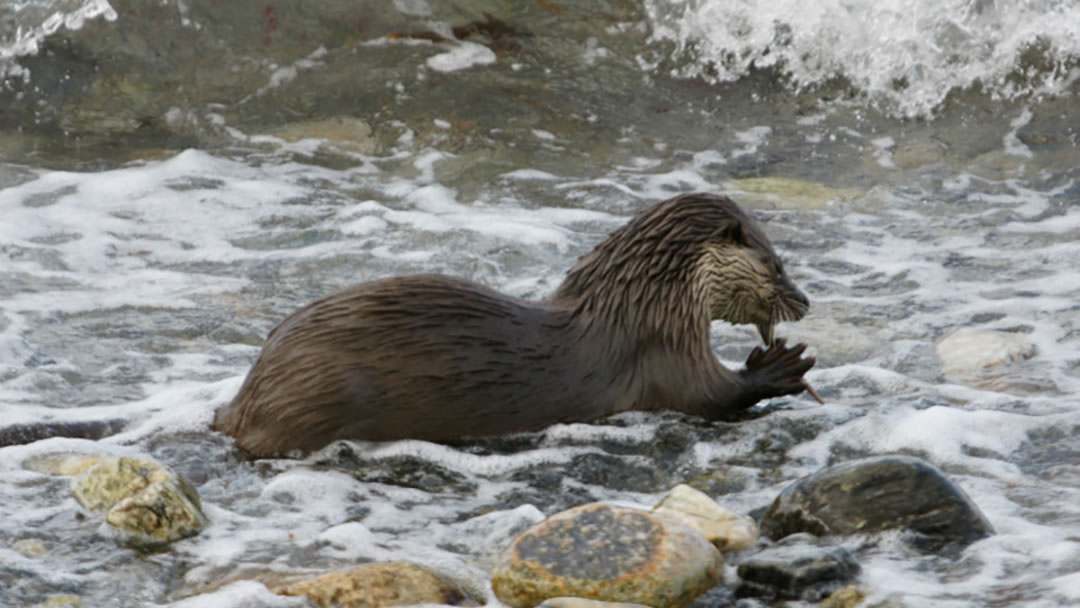
9. Book a wildlife tour
Yell is a fantastic place to track and see the elusive Eurasian otter, and there’s no better way to do this than by joining a local guide specialising in wildlife tours. Shetland Nature offers an unmissable 5-star experience, allowing visitors to spot wildlife in its natural habitat safely and with the utmost respect for the environment.
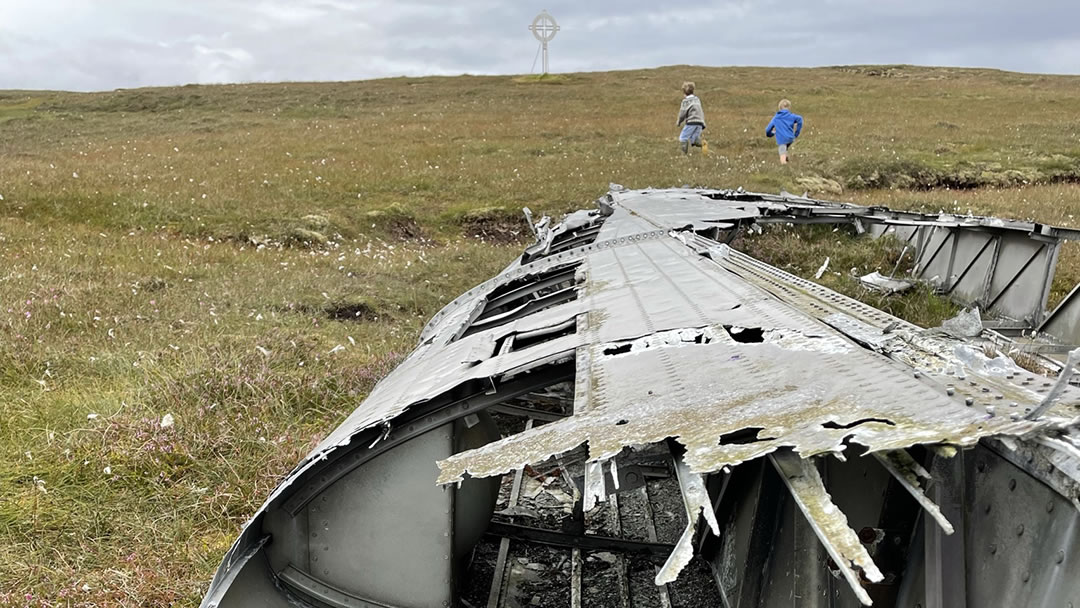
10. Hike to the Second World War Catalina crash site at Arisdale
This is a slightly more challenging walk over five miles of open moorland, inland to the crash site of a Second World War Catalina seaplane. Surprisingly, much of the plane survives.
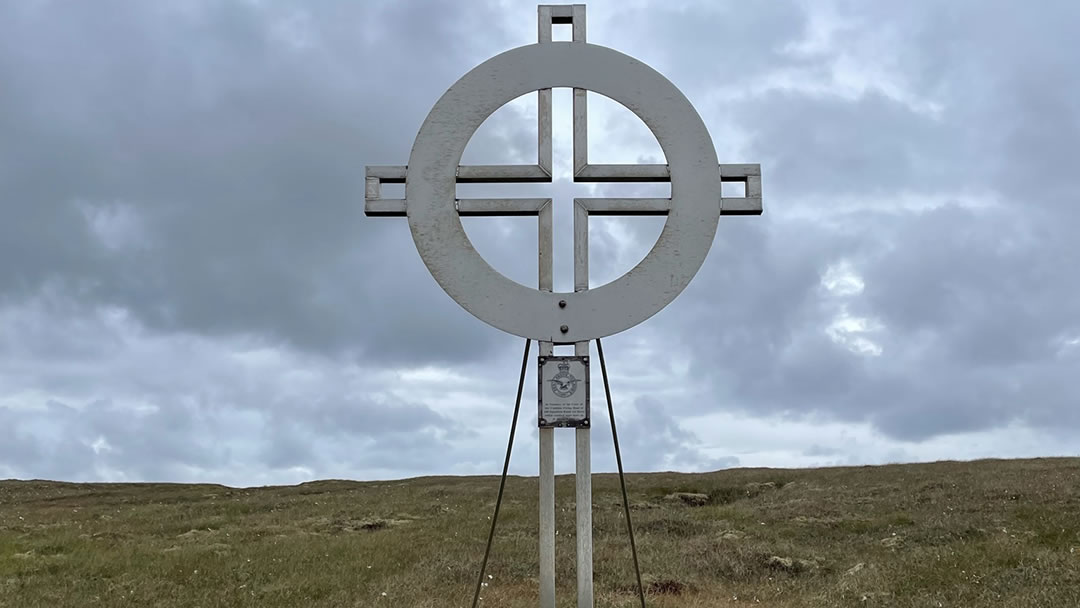
A poignant memorial commemorates the seven crew who lost their lives when the aircraft suffered engine failure on the approaches to RAF Sullom Voe.
How do you get to Yell?
After reaching Shetland from the Scottish Mainland with NorthLink Ferries, to get to Yell you’ll need to take another ferry from the Shetland Mainland.
The ferry sails from Toft , north of Mossbank on the Shetland Mainland, a 45 minute drive from Lerwick. It carries foot passengers and cars, and should be booked in advance, particularly during busy summer months. The ferry arrives in Ulsta on the island of Yell.
The ferry to Yell is operated by Shetland Islands Council and for more information, please visit the Shetland Inter-Island Ferry Timetables webpage.
 By Laurie Goodlad
By Laurie GoodladBorn and raised in Shetland, Laurie loves the unique history and culture there so much that she started her own tour company offering visitors the chance to see the isles through the eyes of an islander. Find out more at www.shetlandwithlaurie.com
Pin it!
